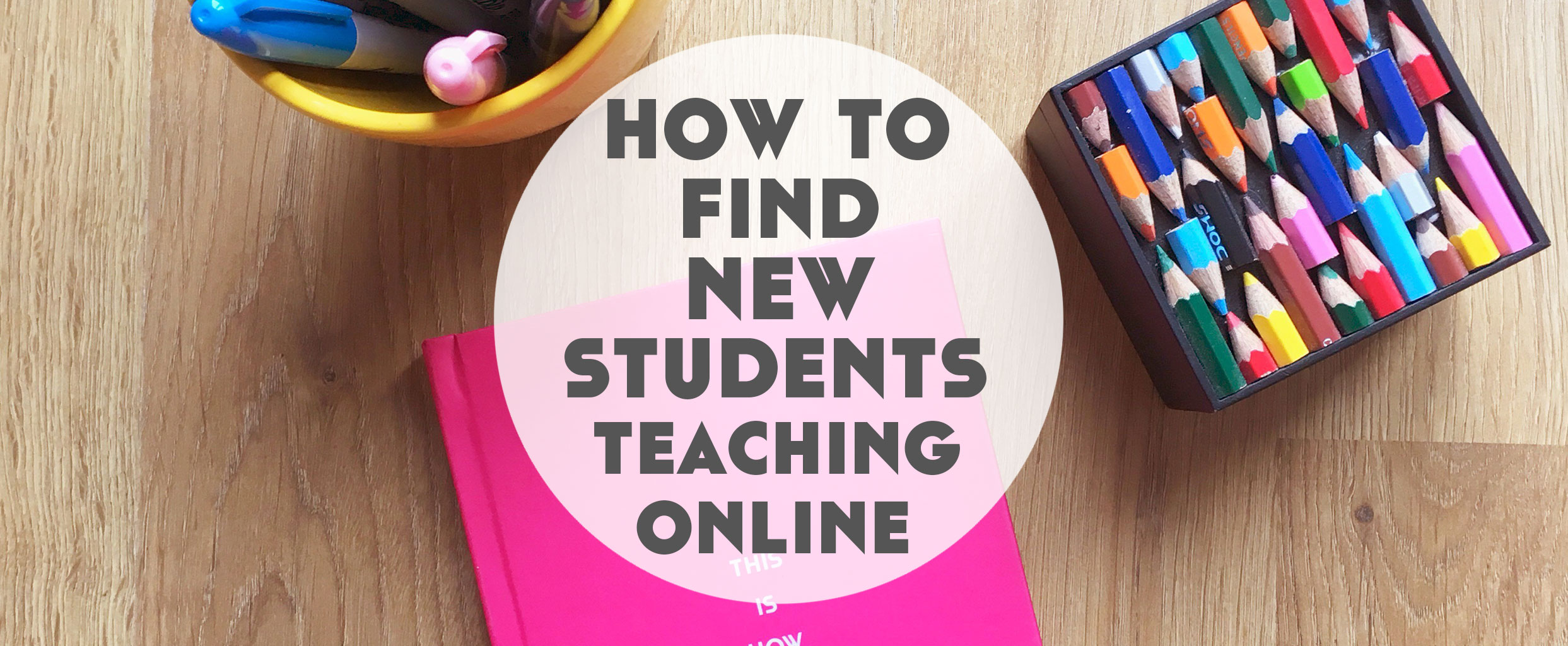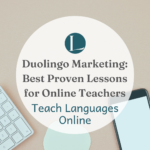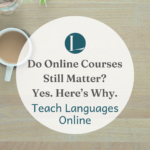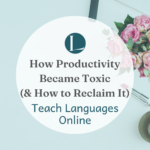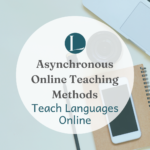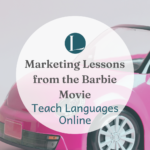August 11th, 2020
How to Find New Students When Teaching Online
When you start going it alone to build an independent online teaching business rather than relying on tutor marketplace sites (who inevitably take a cut from you at some point), one of the scariest things is finding new students. Here’s how to find new students when teaching languages online.
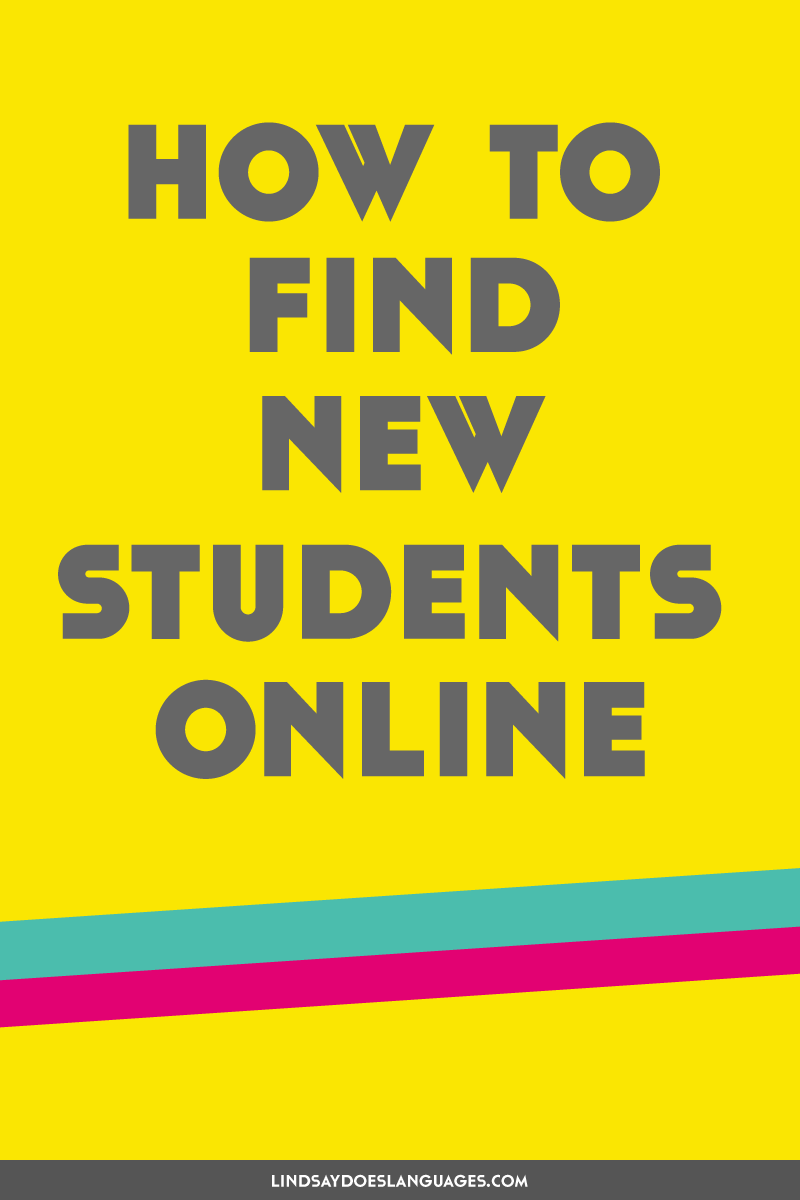
You can also listen to a version of this post on Teach Languages Online podcast, both here and wherever you get your podcasts!
Generally, if this is the stage you’re at, you’ve got the teaching side of things down. That bit you can do.
But going it alone brings a whole host of other jobs you’ll soon have to become familiar with.
A huge part of that is marketing, promotion, putting yourself out there and basically saying “Hey! Look how great I am! Don’t you want to learn with ME?!”
Not always easy at first.
However, learning how to find new students when teaching online is one of the most beneficial skills we learn as we begin this new path.
So how do we do it? And, perhaps more importantly, how do we do it and manage to avoid the creeping feelings of imposter syndrome or, at the other end of the scale, coming off as arrogant?
What’s Your Story?
You’re probably not reading this if you’ve aiming to get your investor-funded startup with 5 staff and a ping pong table in the office off the ground.
Rather, I imagine you’re more like me, working a one human business (that one human, that’s you!) and wanting people to learn with you in one way or another.
This means that your story instantly becomes more relevant. Your face is your logo.
You’re human, you want to reach humans, so be human. Being independent gives you that instant advantage.
But how do you define what you story is?
This is the great bit – much like as if you were writing your autobiography, you get to choose which bits to include and which bits to leave out.
And the other great bit here, it’s not just “the story of how I became a teacher”.
Anything that you do, that you’ve done, that you’ve got planned can be part of your story.
I don’t know about you, but everything that happens to me in life links back to language learning somehow! I must be the most fun at dinner parties…
“Yeah, so this one time I was riding horseback through the Gobi desert, 7 days in, starved of food and water when suddenly…a village emerged in front of us!…It’s just like that time I learnt Portuguese when…”
I’m exaggerating here, but you get the idea.
And if you’re reading this thinking, “But nothing interesting happens to me! I have zero hobbies! I’m so boring!”, I guarantee you, that’s not the case.
What are you reading right now?
What did you cook for dinner last night?
When did you last travel somewhere that speaks the language you teach?
Or, think of it this way: what experiences do we go through when learning a language? Now ask yourself when you last experienced them, either with language learning yourself or other scenarios.
Imposter syndrome – at the start line of a marathon.
Motivation dipping – trying to lower your energy bill but being sat on the phone on hold for ages!
Lack of confidence – trying literally anything new for the first time.
I share a lot about sport when I write emails or when I post on Instagram. This is in no way to show off like “Look! I just did this thing! Aren’t I cool!” (Remember how we don’t want to come off as arrogant?)
But rather, sport for me is an area where I’m constantly challenging myself, and overcoming obstacles, and doing new things for the first time.
If I’m talking about sport, I’m talking about those challenges, obstacles and new things. I’m relating it all to parallels with language learning or teaching, and I’m being honest about it.
I’m not just skipping to the end and saying “Look at my achievement!”, I’m sharing what it was like to get there too.
It’s about sharing the full story, not just the medal at the end.
Related: What’s a Fair Price to Pay Online Teachers?
Reaching, Intriguing, Engaging
Sharing your story is one of the best ways to connect with potential new students, but how does this work if they don’t yet know you exist?!
Well, here’s where we zoom out to see the full picture of how finding new students works.
There’s many different options here of the specifics of how you can do this, I’ll pick three key elements, one for each stage.
First, you have to reach potential new students.
The easiest way to do this is with social media.
On social media you can use hashtags to help new people find you, you can collaborate with others to share your skills with another group of people, you can directly connect with others through comments and messages.
Next, there has to be something intriguing to make people want to hang around and learn more from you. This is where your content comes into play.
Blogs, videos, podcasts, even social media posts themselves count here to a certain extent.
The joy here is the variety of ways you can connect to share your story, your expertise, your knowledge. You get to pick what best suits you.
You share that on social media, going back to that first step of reaching, and people will be intrigued to learn more from you.
And finally, email.
How many times have you read a blog or watched a video but never bothered to go further than that?
Email helps to engage people further, and again to share your story in a more personal and intimate environment.
And throughout all three stages, you can continue to remain human, to keep your integrity, and to connect with potential new students through your story.
Related: 3 Big Ways to Promote Your Online Language Teaching Business

